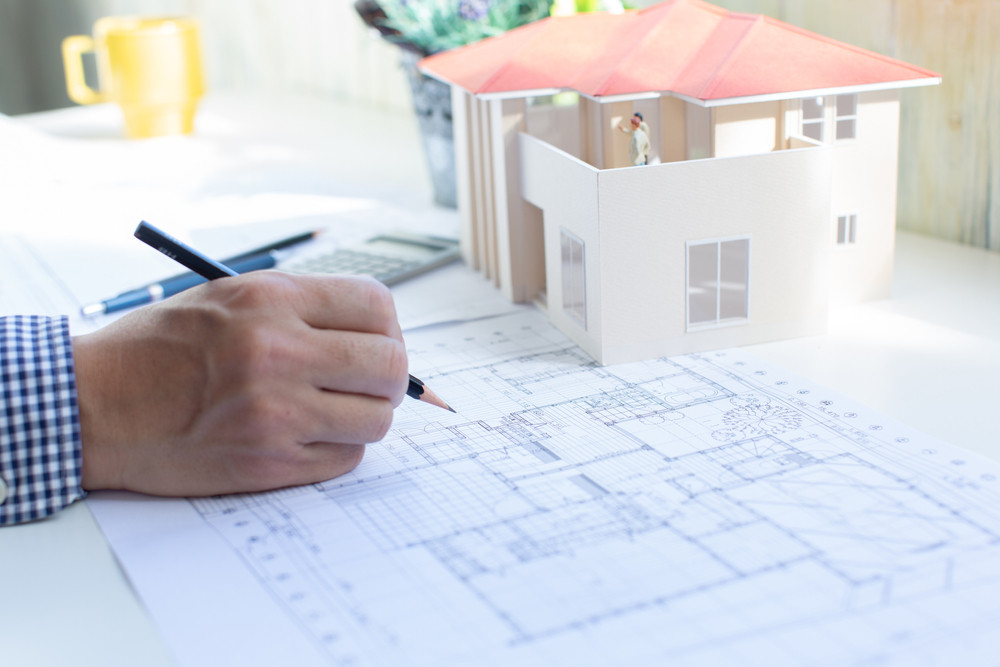Discover Acclaimed Tasks by Distinguished CDA Architects
Discover Acclaimed Tasks by Distinguished CDA Architects
Blog Article
The Impact of Technical Innovations on the Style Practices of Contemporary Architects
The quick development of technological tools has actually substantially improved the style landscape for contemporary engineers, promoting unprecedented degrees of development and sustainability. Exploring these dynamics reveals a nuanced interaction in between innovation and conventional layout approaches, triggering a more detailed evaluation of what the future holds for building practices.
Advancement of Architectural Tools
How have architectural devices changed the style and building and construction processes over the centuries? The evolution of architectural tools has dramatically impacted the effectiveness, accuracy, and creative thinking of layout and building and construction.
With the advent of the Renaissance, the introduction of the compass and the protractor marked a critical shift. These tools enabled engineers to accomplish greater precision in their layouts, promoting the introduction of more intricate and proportional buildings. The Industrial Revolution better changed architectural practice with the intro of mechanized devices and products, enabling bigger and a lot more ambitious tasks.
In the 20th century, the advancement of computer-aided design (CAD) software program transformed the landscape once more, providing engineers with unmatched abilities in modeling and visualization. Today, progressed tools such as Structure Details Modeling (BIM) and parametric style software application remain to press the boundaries of architectural technology, making it possible for a more incorporated approach to layout and building and construction processes.
Improved Cooperation in Layout
As modern technology continues to develop, improved partnership in style has ended up being a cornerstone of modern architectural technique. The assimilation of electronic tools such as Building Details Modeling (BIM), cloud-based platforms, and progressed visualization software application has actually transformed the means designers, engineers, and stakeholders interact throughout the style process. These devices help with real-time interaction, enabling groups to share ideas, alterations, and feedback instantly, despite geographical area.

Additionally, interdisciplinary collaboration has actually been structured via these technical advancements, enabling architects to function more carefully with other professionals, such as urban planners and ecological consultants. The result is a more cohesive approach to develop that thinks about numerous viewpoints and proficiency. Eventually, improved cooperation in layout is not just a fad; it is important for creating ingenious, practical, and visually pleasing design in a progressively complex world.
Sustainability Through Modern Technology
Sustainability in architecture has significantly become intertwined with technological technology, driving the market towards ecologically liable practices - cda architects. Contemporary designers are leveraging innovative technologies to reduce ecological effect while enhancing the performance of structures. One famous instance is the use of Building Info Modeling (BIM), which enables precise planning and resource allowance, lowering waste during building and promoting power performance throughout a structure's lifecycle
In addition, smart materials and energy-efficient systems are being integrated into styles to maximize source use. Technologies such as solar batteries and green roof harness renewable resource resources, adding to reduced carbon footprints. Additionally, the application of man-made knowledge in layout procedures makes it possible for architects to simulate and assess power intake, leading choices towards even more sustainable results.
The combination of sustainable technologies not only aligns with global ecological objectives however likewise satisfies a boosting read more demand from consumers for environment-friendly options. As designers accept these technologies, the emphasis changes in the direction of producing areas that are not only aesthetically pleasing but also functionally sustainable, thereby redefining the criteria of modern-day style. In this means, modern technology offers as a stimulant for sustainability, allowing designers to make structures that regard and improve the natural surroundings.
Difficulties in Application
While technological advancements in architecture hold excellent assurance for improving sustainability, their implementation frequently experiences significant obstacles - cda architects. One main challenge is the steep understanding contour connected with new technologies. Engineers and building and construction experts may call for substantial training to effectively make use of sophisticated software and devices, which can delay job timelines and enhance prices
Furthermore, the integration of arising modern technologies, such as Structure Information Modeling (BIM) and sustainable products, frequently demands collaboration throughout multidisciplinary groups. This partnership can be hindered by distinctions in know-how, workflows, and interaction styles, bring about potential conflicts and ineffectiveness.
Financial restraints even more make complex the adoption of innovative innovations. Many architectural firms, specifically smaller sized ones, might do not have the sources to purchase innovative devices, limiting their capability to contend with click site bigger companies that can manage such financial investments.
Furthermore, governing frameworks and building ordinance might not equal technical developments, producing ambiguity and prospective conformity concerns. This obstacle can inhibit engineers from totally welcoming brand-new modern technologies, as the threat of non-compliance might surpass the advantages. Addressing these implementation challenges is important for the successful combination of technical innovations in modern building methods.
Future Fads in Style
The obstacles associated with the application of brand-new innovations in design have motivated a reevaluation of future fads within the market. As engineers browse concerns such as sustainability, urbanization, and social equity, they are significantly adopting ingenious innovations to improve design efficiency and environmental performance.
One prominent fad is the assimilation of expert system (AI) in the design procedure. AI devices can evaluate large datasets to educate style choices, improving both creative thinking and capability. Structure Information Modeling (BIM) proceeds to advance, allowing real-time collaboration amongst stakeholders and promoting streamlined project monitoring.
Sustainable design practices are additionally getting energy, with architects focusing on flexible reuse and regenerative design concepts that reduce resource intake and waste. The consolidation of smart products and renewable resource resources will certainly further boost the strength of buildings when faced with climate adjustment.

Final Thought
Technical improvements have considerably reshaped building style practices, promoting improved accuracy, partnership, and sustainability. The assimilation of tools such as Structure Info Modeling and parametric layout software application, along with man-made intelligence and wise products, empowers designers to address see here intricate challenges extra successfully.
Report this page